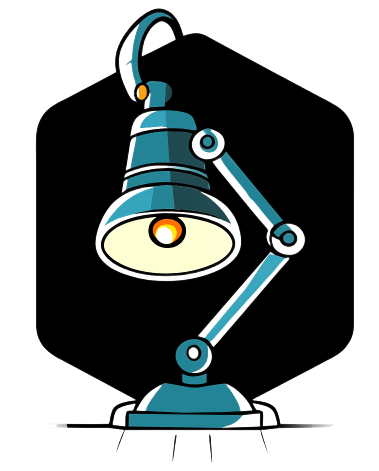To burn a BIN/CUE image file, follow these steps:
- Delete the .cue file and keep the .bin file.
- Create two folders on your desktop: "new folder" and "new folder1".
- Open Ultra ISO and navigate to the .bin file for the game.
- Save it in the "new folder" in bin/cue format.
To open a Windows desktop resource for binary editing, follow these steps:
- Right-click on the desired resource file in File Explorer.
- Navigate to the resource with the right mouse button and select "Open in Binary Data".
You can use Roxio Toast to open and burn BIN files on a Mac. Videos also have an extension. The term "bin" refers to videos saved from DVDs in binary files that can be very large.
To find PDF files on your Android device, follow these steps:
- Open the Google Drive application on your Android device.
- Tap on the "Search Drive" option at the top.
- Choose one of the following options: file type is like documents, photos, or PDF files.
- Your My Files application (also known as File Manager on some phones) is located in the app drawer of your Android device.
To burn BIN and CUE files with Alcohol 120, follow these steps:
- Open Alcohol 120%.
- Click on "Image Burning Wizard".
- Click on "Browse" to load the appropriate .CUE, .CCD, or .ISO file.
- Click on "Next" to continue.
To burn BIN games on PS1, follow these steps:
- Insert the desired disc into the connected burner on your computer.
- Right-click on the ISO file icon of the game and select the corresponding "Burn Image to Disc" option.
To burn a PS1 game using Nero, follow these steps:
- Put both files in a folder on your desktop for burning.
- You’ll need the Nero Burning Rom program to handle these types of files.
- After placing the two files in the desktop folder, insert a blank CD into the drive and start Nero.
Since text files are smaller than binary files, they may take up more disk space. For example, a 32-bit number that can be worth billions always takes up 4 bytes in binary. However, in a text format, it takes up to 11 bytes (like -1222333444), plus any boundary characters.
Let’s try writing a greeting:
Finally, the decimal number 111 represents the letter "o". In other words, 01101111, a bracelet was created that says "hello" as follows (I added nodes to make it easier to distinguish one byte from another):
Do you remember what a byte means? It is a sequence of eight bits.
